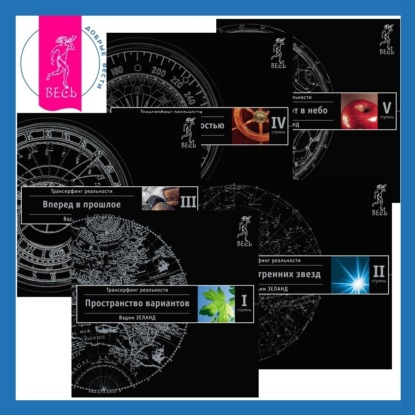This historic book may have numerous typos and missing text. Purchasers can download a free scanned copy of the original book (without typos) from the publisher. Not indexed. Not illustrated. 1920 Excerpt: ...planted too early. Usually the crop may be planted somewhat earlier on the lighter soils and at the lower elevations. The earliest date at which potatoes can be planted with safety in most sections of the State is indicated in table 4, which gives the average date of the last FlG. 89. CHECKROWED POTATO FIELD ON A HILL FARM IN STEUBEN COUNTY killing frost in the spring. Usually planting should be so timed that the period of tuber formation will come during the cool part of the growing season. For much of the State, the crop may be planted as late as June 1 to 10 to best withstand midsummer heat and drought. With the exception of some of the hill farms of southern New York, most of the crop of the State is planted in continuous drill rows rather than in checkrows. Experiments and actual farm practice show that the yield is considerably better where the former method is used. On the average, three bushels more seed to the acre is required for drill planting than for checkrow planting. Still the extra yield resulting makes this method much more profitable on most farms. The principal advantage of planting in checkrows is that it permits of cross-cultivation in the control of weeds. In general it is advisable to plant in checkrows only when land is relatively cheap, labor is expensive, and weed control is likely to be an important factor. A checkrowed field of potatoes on a hillside farm in Steuben County is shown in figure 89. Probably more than half of the acreage in New York State is planted with machines, which are of two types--the one-man, or picker, type, and the two-man, or platform, type. The one-man planter has a vertical rotary set of iron hooks, or pickers, which pick the seed pieces from the containing hopper and carry them down, one at a time, and ... Это и многое другое вы найдете в книге Report of the New York State College of Agriculture at Cornell University, Ithaca, and of the Cornell University Agricultural Experiment Station Volume 32, pt. 2 (New York State Agriculture)
Report of the New York State College of Agriculture at Cornell University, Ithaca, and of the Cornell University Agricultural Experiment Station Volume 32, pt. 2 New York State Agriculture (книга)
Подробная информация о книге «Report of the New York State College of Agriculture at Cornell University, Ithaca, and of the Cornell University Agricultural Experiment Station Volume 32, pt. 2 New York State Agriculture». Сайт не предоставляет возможности читать онлайн или скачать бесплатно книгу «Report of the New York State College of Agriculture at Cornell University, Ithaca, and of the Cornell University Agricultural Experiment Station Volume 32, pt. 2 New York State Agriculture»















